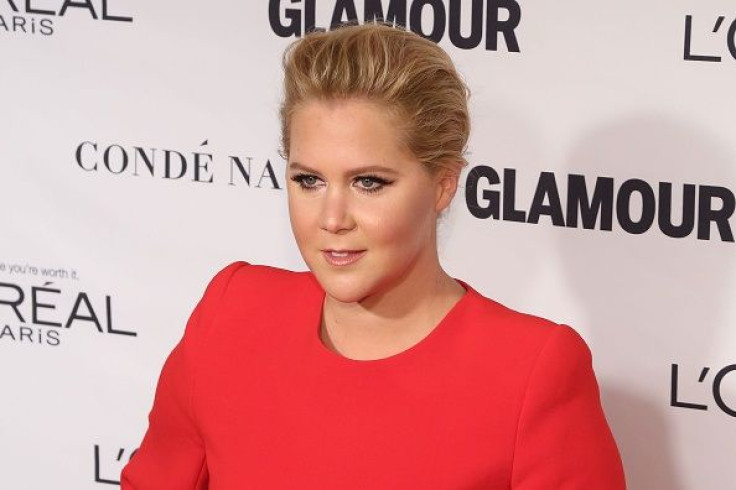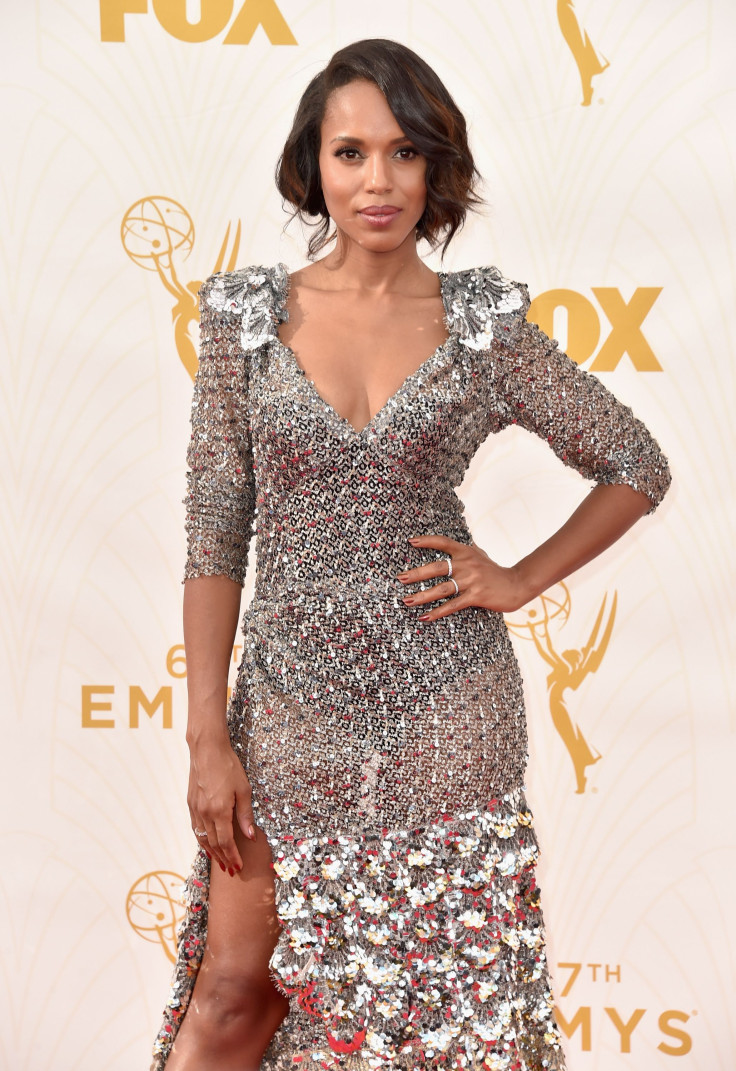Magazines’ Plus-Size Problem: Publications Stumble Into Backlash

The road to social media hell is paved with good intentions. Glamour magazine was the latest publication to learn that lesson this week after comedian Amy Schumer complained publicly that the beauty magazine included her in its “plus-size” issue without letting her know.
“Plus size is considered size 16 in America,” Schumer wrote on Instagram. “I go between a size 6 and an 8. [Glamour] put me in their plus size only issue without asking or letting me know and it doesn’t feel right to me.”
“Young girls seeing my body type thinking that is plus size? What are your thoughts? Mine are not cool [G]lamour not glamourous [sic],” she added.
The comedy star’s public complaint appeared to catch Glamour completely off guard, so much so that Editor-in-Chief Cindi Leive jumped on Twitter to both apologize and defend the issue, which was titled “Chic at Any Size.”
“We love Amy Schumer, & would never want to offend her,” she said, noting the issue didn’t specifically reference Schumer’s figure, though it did group her with “plus-size” stars such as Adele, Melissa McCarthy and Ashley Graham.
Leive went on ABC's “Nightline” to clarify further: “I’m certainly sorry that she didn’t like being named on the cover, and I’m sorry that she wishes her piece hadn’t been included,” she said, “but I’m confident that the message of the issue, which is there are great clothes out there for all of us, is one that will resonate with our readers.”
It’s one of the pitfalls mainstream beauty and fashion publications are dealing with now that popular culture is pushing them to embrace more body-positivity. Feminist writers processed what many saw as yet another heavy-handed attempt at progressivism on the part of the mainstream beauty industry. New York magazine’s the Cut filed the story under “Impossible Body Expectations.” And certainly, members of the social media team fielding backlash from Schumer’s fans had their work cut out for them.
Still, outrage cut both ways: The Guardian ran an opposing school of thought, one that condemned Schumer as the unenlightened party.
“Amy wants you to know that she’s not plus-size; Amy wants you to know that she’s size 6 or 8,” contributor Phoebe-Jane Boyd wrote . “For you to think she is plus-size is wrong because Amy doesn’t want to be plus-size — because, being plus-size is wrong. Or, at the very least, it’s an icky thing to be labeled with.”
The Schumer episode comes only a few days after two other stars complained about their treatment by a magazine: Hollywood star Kerry Washington called out AdWeek after the trade fudged her image on its cover, and “Girls” creator Lena Dunham took a Spanish magazine to task for altering her figure on its cover.

Of course, the practice of airbrushing women is nothing new — TV Guide infamously photoshopped Oprah Winfrey’s head onto Ann-Margaret’s body in 1989 — but the frequent and frank pushback from stars like Washington and Dunham is likely part of what’s been steering the publications in a more progressive direction.
“I always celebrate it when a respected publication invites me to grace their pages. It’s an honor,” Washington wrote. “But, I have to be honest. ... I was taken aback by the cover.”
“Look, I’m no stranger to Photoshopping. It happens a lot,” she continued. “Yesterday, however, I just felt weary. It felt strange to look at a picture of myself that is so different from what I look like when I look in the mirror. It’s an unfortunate feeling.”
In the past few years, Dunham’s appearance on a slew of magazines sparked celebrations of “non-traditional” beauty ending up in the spotlight. But before long, things soured over the industry’s rampant practice of Photoshopping covergirls. Last month, Dunham finally swore she was done accepting the airbrush treatment.
“The gap between what I believe and what I allow to be done to my image has to close now,” she wrote in her newsletter. If it costs her photo shoots? “So be it.”
“I respect the people who create those magazines and the job they have to do,” she went on. “I thank them for letting me make a few appearances and for making me feel gorgeous along the way. But I bid farewell to an era when my body was fair game.”
The list goes on: Last year, actress and model Zendaya demanded the fashion magazine Modeliste scrap its November issue after it drastically retouched her body. The company relented and restored her to her original form. Jennifer Lawrence mocked her appearance on the cover of Flare, calling it an obvious Photoshop job. “That doesn’t look like me at all,” she told Access Hollywood. “People don’t look like that.”
Meanwhile, model Ashley Graham recently defended Maxim magazine after hordes of commenters, and soon news aggregation sites, floated the idea that Graham’s “plus-size” body had been Photoshopped on the cover. Graham said she wasn’t retouched at all and thought the moment was one for celebration rather than criticism.
(The only example of recent memory that seemed to go off without a hitch was Vanity Fair’s July 2015 cover featuring the newly arrived Caitlyn Jenner, which, apart from certain conservative media, received near-universal acclaim.)

These disparate points of view reveal how tricky it can be for publications, even those with the best of intentions, to catch up with broader cultural changes.
Some complain academic gender theorists are complicating things unnecessarily. Others argue any movement toward a more egalitarian culture requires critique from writers, thinkers, and in this case most of all, women themselves.
© Copyright IBTimes 2024. All rights reserved.












